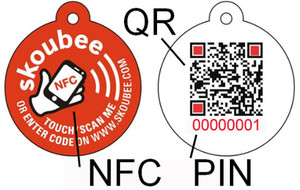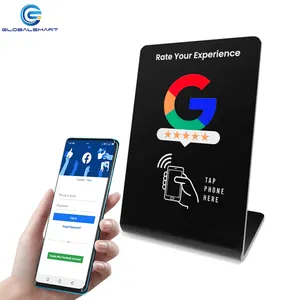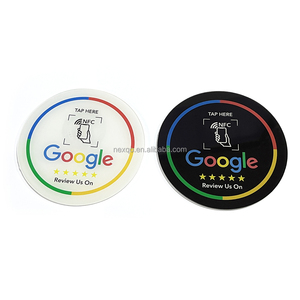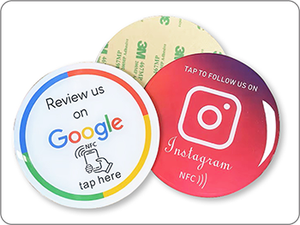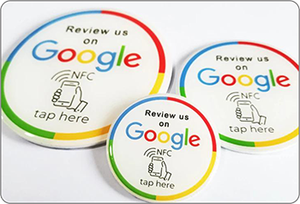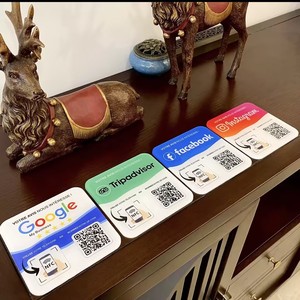NFC Board: Introduction to Next-Gen Connectivity
The NFC (Near Field Communication) board is a revolutionary component designed for seamless communication between devices over short distances. This technology allows devices to exchange data simply by being in proximity, making it an essential part of various applications from mobile payments to smart home systems. Integrating an NFC board into your projects can enhance user experiences by enabling effortless interactions and innovative services.
NFC Board: Types and Applications
Understanding the different types of NFC boards is crucial for selecting the right one for your needs. Here are some common types and their typical applications:
- NFC Reader Boards: Used to read NFC-enabled tags and devices, making them excellent for use in mobile payment systems and access control.
- NFC Writer Boards: Ideal for writing and programming NFC tags, which is useful for creating custom solutions such as event ticketing and product authentication.
- Combined NFC Boards: These boards integrate both reading and writing capabilities, offering versatility in applications like IoT devices and smart marketing solutions.
NFC boards find application in diverse sectors such as:
- Retail: Enabling contactless payments and customer loyalty programs.
- Healthcare: Enhancing patient management through medical records access and secure identification.
- Smart Homes: Facilitating device connectivity and automation options for modern living.
NFC Board: Design, Function, and Features
The design of NFC boards focuses on compactness and efficiency, ensuring they can be easily integrated into various projects. The following represent key features and functions:
- Compact Size: Most NFC boards are small and lightweight, allowing for integration into wearable devices and other compact gadgets.
- User-Friendly Interface: Many boards feature straightforward programming options that cater to both experts and novices, promoting wider accessibility.
- High Compatibility: NFC boards typically support various communication protocols, making them universal for multiple devices across different brands.
- Power Efficiency: Designed to use minimal power while maintaining functionality, hence prolonging the operational life of powered devices.
NFC Board: Safety, Quality, and Maintenance
Ensuring the safety and quality of NFC boards is paramount, as these components often manage sensitive information. Here are vital aspects of safety and maintenance:
- Data Encryption: Many NFC boards come with built-in security features, such as data encryption, to protect against unauthorized access and ensure data integrity.
- Durability: Quality NFC boards are designed to withstand varying environmental conditions, ensuring reliable performance in different applications.
- Regular Updates: Keeping NFC software and firmware updated is crucial to protect against vulnerabilities and improve functionalities.
- Proper Handling: To maintain their operational efficiency, it’s advisable to handle NFC boards with care during installation to avoid damage to sensitive components.





















